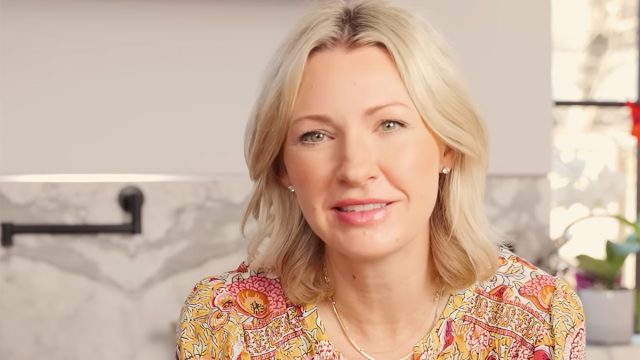Build Lean Muscle Fast With These 9 Dietitian-Proven Protein Switches
Building lean muscle doesn't have to mean endless chicken breasts and protein shakes. Abbey Sharp, a Registered Dietitian and founder of Abbey's Kitchen, has helped over 700,000 subscribers transform their nutrition with practical, science-backed advice. Her protein-switching techniques can help you reach your muscle-building goals without overhauling your entire diet.
The Science Behind Protein and Muscle Growth
"Protein is critical for muscle growth, appetite management, and healthy aging," explains Abbey in her post. She recommends getting 20-30% of daily calories from protein, with a focus on consistent intake throughout the day for optimal muscle synthesis.
Switch Your Carbs for Muscle Gains
Abbey introduces "dual citizenship carbs" that support muscle growth. "While white rice offers 4 grams of protein per cup, amaranth provides 9 grams, and quinoa 8 grams," she notes. For pasta enthusiasts, legume-based options deliver 13 grams of protein – nearly double regular pasta's content.
The Bone Broth Protein Switch
"A cup of white rice cooked in bone broth will have over 12 grams of protein compared to just 4 grams when cooked in water," Abbey shares. This simple switch triples your protein intake while adding rich flavor.
RELATED: 10 Reasons Walking Burns More Fat Than Running, "Your Body Actually Prefers It"
Power Up Your Morning Routine
For breakfast optimization, Abbey suggests a protein-rich hack: "Add protein powder to your milk before pouring it over cereal. This hack adds 22 grams of protein, turning a quick snack into a muscle-building meal."
The White Bean Power Move
"Adding just half a cup of white beans to your soup provides an extra 9 grams of protein plus 5 grams of fiber," Abbey reveals. This creamy addition supports muscle recovery while keeping you satisfied.
Upgrade Your Post-Workout Toast
Abbey's protein-packed toast hack involves cottage cheese: "Mix or puree cottage cheese with mashed avocado. Adding just half a cup between two slices of bread contributes an extra 13 grams of protein," perfect for post-workout recovery.
RELATED: This Coach Lost 100 Pounds Without Dieting by Focusing on These 4 Basic Rules
The Smoothie Muscle Builder
"Silken tofu is a great vegan smoothie base that adds body and protein without affecting taste," Abbey explains. This versatile protein source helps repair and build muscle tissue.
Oatmeal for Muscle Growth
Abbey revolutionizes traditional oatmeal: "Mix a quarter cup of oats with a quarter cup of hemp hearts to boost your bowl from 5 grams to 14 grams of protein." Combined with protein-rich milk, you'll get nearly 25 grams of muscle-building protein.
Transform Your Protein Dips
For pre- or post-workout snacks, Abbey suggests enhancing dips: "Add pureed cottage cheese or Greek yogurt to store-bought dips for an extra 6-8 grams of protein," making them ideal for muscle recovery.
RELATED: 4 Strength Moves to Transform Your Body in 30 Days, Says Expert
The Ultimate Recovery Meal
Abbey's final muscle-building hack transforms comfort food: "Add a heaping cup of pureed cottage cheese and chopped broccoli or cauliflower to your boxed mac and cheese." This combination provides quality protein for muscle repair while adding essential nutrients. And if you enjoyed this article, take advantage of these 15 Quick Ways to Lose Body Fat Percentage in a Week.





